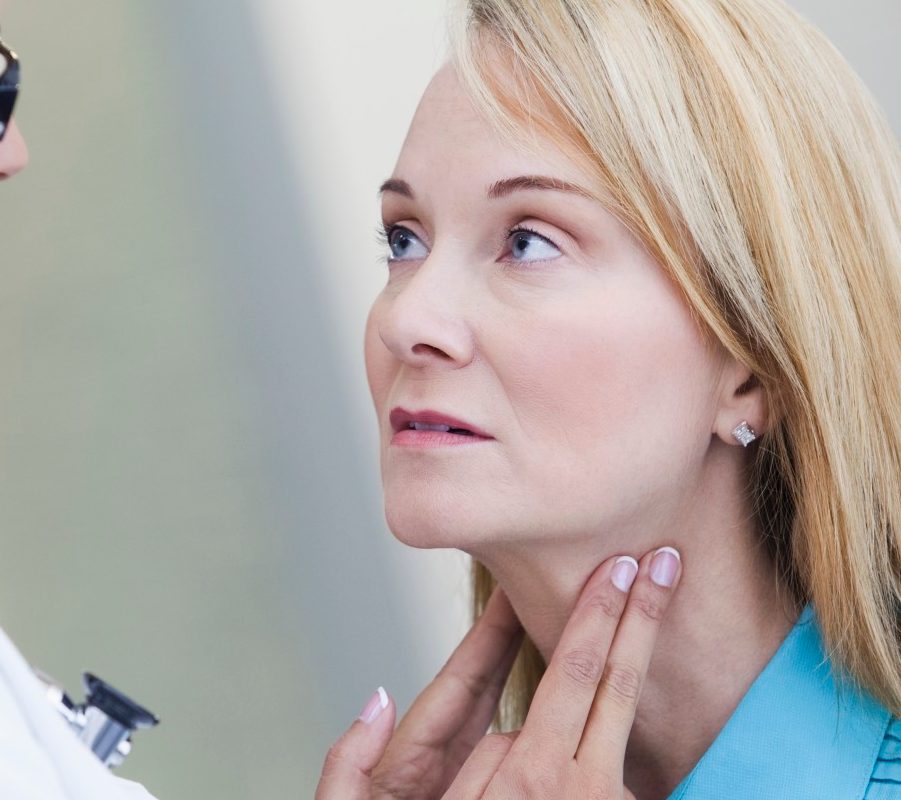Stroke in Young Adults

A growing number of Americans are living through middle age with disabilities related to stroke. Here's what you should know about stroke in young adults.
Several years ago, Yvonne Honigsberg was an avid runner with a demanding job as an acquisitions editor of academic medical books. At the age of 41, while on the treadmill at her gym, she suffered a stroke. She now has a slight speech impediment, walks with a limp, and has lost the use of one arm and hand. Yet, she keeps up an active schedule volunteering as a coach in New York City for new English speakers and a busy social life — including dates with attractive men.
YOU MIGHT ALSO LIKE: Caring for a Stroke Patient
A growing population of people like Honigsberg are living through middle age with disabilities related to stroke —when a blood clot blocks an artery (ischemic stroke) or a blood vessel breaks (hemorrhagic stroke), interrupting blood flow to an area of the brain, where cells begin to die.
Stroke death rates have declined for decades, except among people of Latino origin (although they may be on the rise again).
Overall, people know how to better control high blood pressure, diabetes, cholesterol, and smoking. Yet, the prevalence of obesity, diabetes, and high blood pressure are rising, while, the incidence of stroke in young adults has increased. The Centers for Disease Control and Prevention reports that more than a third of Americans hospitalized for stroke in 2014 were under 65 years old.
With years of their lives ahead, these younger stroke survivors are making their way into the mainstream. After dating men from her stroke support group, when Honigsberg found herself single, she took the plunge and subscribed to Jdate.com, a popular site for Jews. At the end of her profile, she detailed the effects of her stroke, adding, “It would take a special person to deal with these things. This makes me, I guess, more tentative but sensitive now, to other people's challenges, both psychologically and physically."
Few people wrote her or responded to her notes, at first. Within half a year, however, she heard from a man who impressed her with his wit and kindness. Just before her subscription expired, they met. It turned out that his son suffered from a stutter. “He was familiar with the world of speech disability,” says Honigsberg, whose speech reveals only a hint of aphasia. “It was wonderful.”
When he moved to Florida for a new job and the relationship ended, Honigsberg kicked back into action and posted a profile on okcupid.com, a free site. This time, she didn’t go into details, stating only that she’d had a stroke and gave up her career to volunteer. She quickly heard from a handsome man her age. She was thrilled — until she recalled that her admirer didn’t know about the aftereffects of her stroke.
“I asked friends if I should tell him more. They said, ‘Let him meet you,’” she says. She took their advice and set up a date. When they met, she began apologizing. “He stopped me and said, ‘Yvonne, I don’t care about any of that. I just want to be happy, and I want to get to know you.’”
Honigsberg was lucky that people at the gym called “911” immediately when they saw her in distress; she was unable to speak. Call and ask for an ambulance if you see or experience any of these symptoms of a stroke, coming on suddenly
- Numbness or weakness in the face, arm, or leg, especially on one side of the body
- Confusion, trouble speaking, or difficulty understanding speech
- Trouble seeing in one or both eyes
- Difficulty walking, dizziness, loss of balance, or lack of coordination
- A severe, unexplained headache.
Don’t wait: The most effective treatments are possible only if the stroke is diagnosed within three hours. The early warning signs of a stroke, called a "mini-stroke" or transient ischemic attack, are often ignored because the symptoms may go away in a matter of minutes.
Use the CDC’s “F.A.S.T.” test to evaluate a possible stroke:
F — Face: Ask the person to smile. Does one side of the face droop?
A — Arms: Ask the person to raise both arms. Does one arm drift downward?
S — Speech: Ask the person to repeat a simple phrase. Is their speech slurred or strange?
T — Time: If you observe any of these signs, call 911 immediately.
One particular problem with stroke in young adults: They are less likely to suspect stroke and rush to the hospital, and, even when they go, may be misdiagnosed. In a study at Wayne State University-Detroit Medical Center, eight of 57 patients ages 16 to 50 were sent home without proper treatment after a misdiagnosis of vertigo, migraine, alcohol intoxication, seizure, inner ear disorder, or other problems.
According to the National Stroke Association, you can help protect yourself by:
- Getting at least two and a half hours of aerobic exercise a week
- Drinking alcohol in moderation
- Quitting smoking
- Eating less red meat and more vegetables, nuts, grains, and seafood
- Treating risk factors such as high blood pressure, diabetes, and circulation problems
Strokes can occur without any obvious risk factors — for example when they are caused by an abnormal passageway in the heart called a patent foramen ovale (PFO). About one in four Americans has a PFO.
But a stroke doesn’t have to keep you on the sidelines forever. In recent years, Honigsberg’s romances have been with able-bodied men she finds very attractive.
Updated:
March 27, 2023
Reviewed By:
Christopher Nystuen, MD, MBA and Janet O'Dell, RN